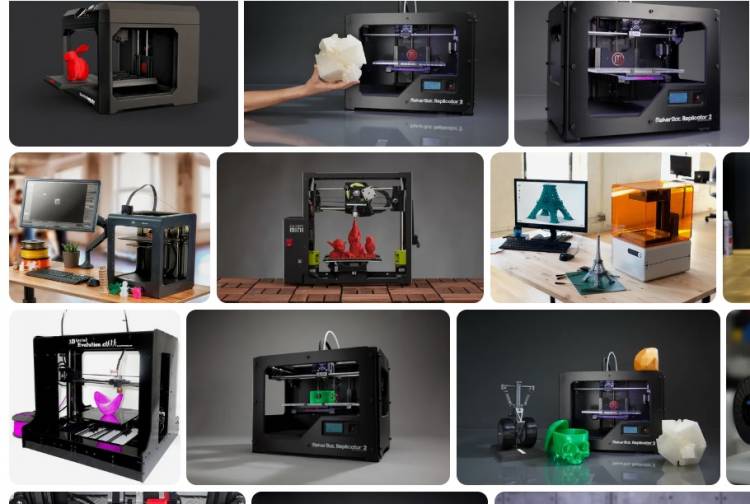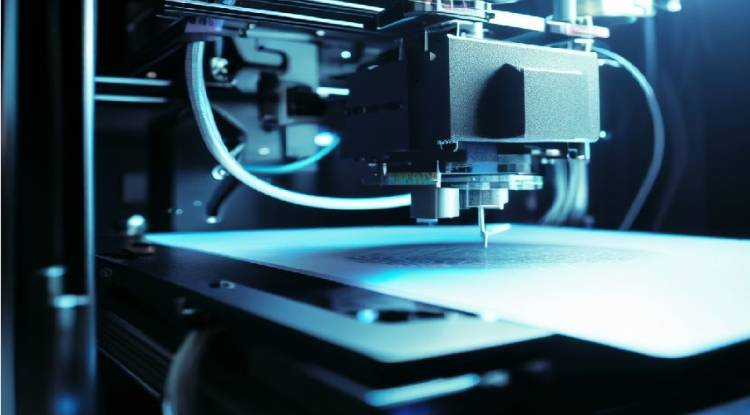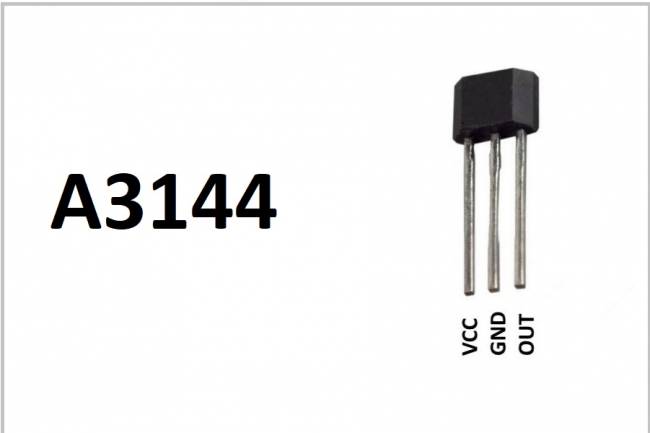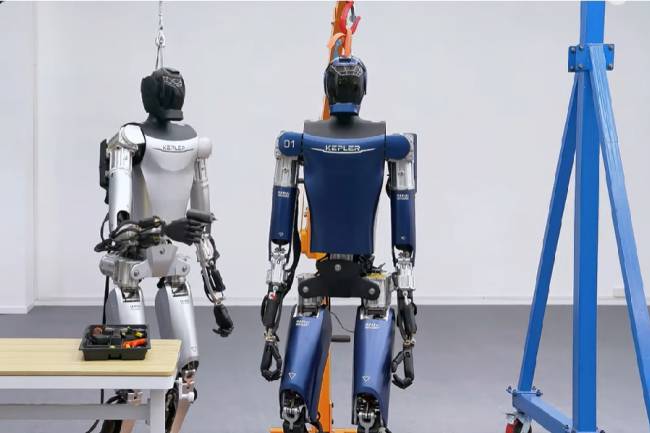
3D Printers: Basic Principles and Applications
3D printers are special devices that can create three-dimensional objects in layers and transform digital designs into physical objects.
This technology has transformed many industries and fields and provided unique creative opportunities. This article will examine the basic functioning of 3D printers, their different types and application areas.
Working Principle
3D printers allow a digital model to be converted layer by layer into a physical object. The basic operation consists of these steps:
1. Digital Design: The first step is to create a digital 3D model of an object using a computer-aided design (CAD) software. The design includes the dimensions, shape and other characteristics of the desired object.
2. Slicing the Model: Since the design will be produced in layers, the software divides the model into thin sections. The design of each layer is considered as a layer to be produced by a 3D printer.
3. Printer Settings: The user sets various parameters of the printer such as material type, printing speed, layer height. These settings affect the quality and properties of the final product.
4. Production: The 3D printer takes the first layer of the design from the material warehouse and places it on the printer table or platform. The material is then compressed or melted onto the sheet to create the first layer of the design. This step continues by building the design layer by layer.
5. Cooling and Layer Joining: Once the production of each layer is completed, the layers of material are combined using a temperature-controlled cooling system. This ensures stable rendering of the object.
6. Removing the Object: When production is complete, the object is carefully removed from the printer and final operations (for example, cleaning or assembly) are performed as necessary.

Different Types of 3D Printers
3D printers come in different types using different functions, materials and printing techniques. Here are some popular types of 3D printers:
1. Fused Deposition Modeling (FDM): This type of 3D printers creates objects in layers by melting thermoplastic materials. FDM printers are popular for home use.
2. Stereolithography (SLA): SLA printers create objects by solidifying a liquid resin using laser or UV light. This method is widely used in applications that require high resolution and detail.
3. Selective Laser Sintering (SLS): These printers produce objects in layers by sintering a thin layer of powder material with a laser. They are suitable for industrial uses and can work with different materials.
Scope of application
3D printers offer a variety of applications for many industries and fields. Some examples are:
1. Medicine and Health: Used for the production of special prostheses, implants and anatomical models.
2. Automotive: Used for rapid production of prototype parts and customized vehicle parts.
3. Architecture and Construction: Used for the production of architectural models and the production of special construction components.
4. Education: Educational institutions use 3D printers to teach students 3D design and printing skills.
5. Art and Fashion: Artists and fashion designers use 3D printers to create unique works of art and clothing.
3D printers are a powerful technology that brings digital designs to life in the real world. These devices have diverse applications across industries, and further innovations and developments are expected in the future. 3D printers have great potential in many industries by speeding up design processes and facilitating the production of customized products.





























